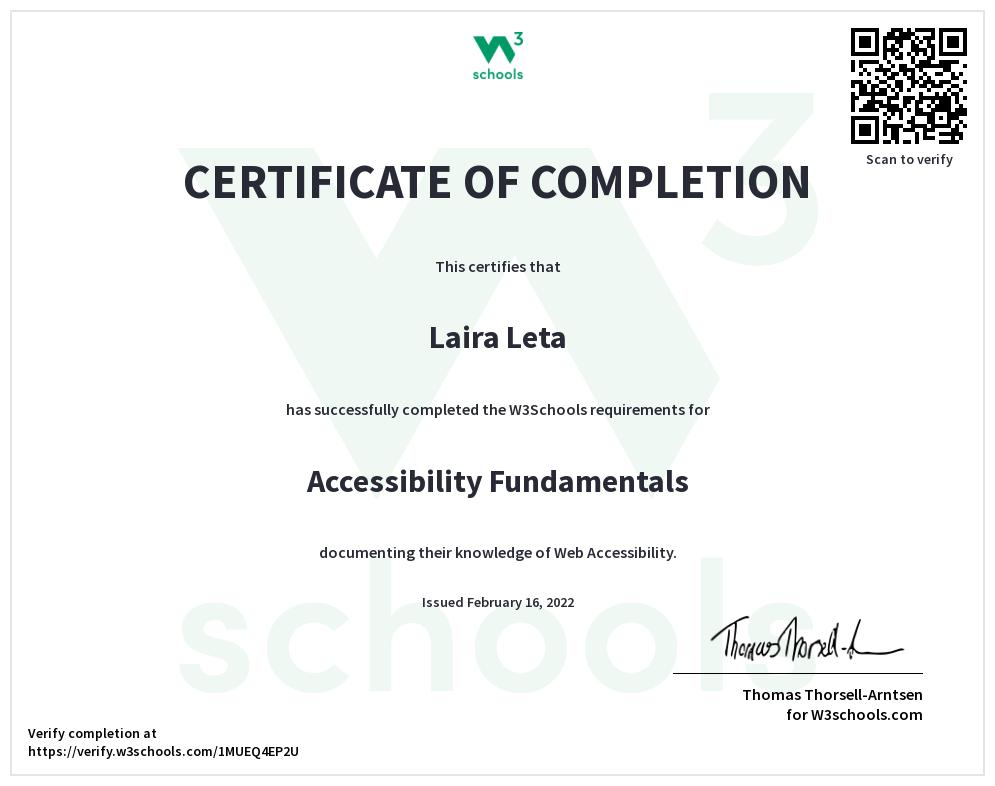Web Accessibility Remediation
Web accessibility standards benefit site owners, stakeholders, and every user. I have background coding for compliance with Web Content Accessibility Guidelines (WCAG) 2.1, Section 508, and Section 503 so that users who use screen readers and other assistive technologies have equal access to content.
Accessible Web Content
Compliance
The websites of institutions such as schools, colleges, universities, and government agencies are required to meet certain levels of accessibility; however, accessible source code and content will improve the usability of any website or application.
Twenty percent of our planet's population lives with a disability. If users encounter barriers to content, they might choose a competitor. Here are some features of an accessible website:
- screen reader skip-to-main-content link
- properly coded HTML5 "landmarks" and "regions"
- proper use of Web Accessibility Initiative – Accessible Rich Internet Applications (WAI-ARIA) labels, which provide instructions for screen readers
- high text-to-background color contrast
- images with meaningful "alt" attributes
- images without text
- slideshows that do not auto play, and contain an accessible player
- text links that briefly define destinations, even out of context
- links with text "decoration" such as underlines, and a change on hover
- well-defined "focus" feature that is visible while tabbing through links
- text zoom to at least 200% (without content running off screen)
- generous text line height, which is essential for both reading ease and touch screen use
- properly coded and labeled forms
- meaningful headings that are properly nested
- accessible PDF files
- videos without light strobes or blinking imagery
- video captions and audio descriptions
Certifications
Siteimprove Accessibility for Developers: 2020 and 2021
Siteimprove's Accessibility for Developers Certification course explores HTML structure, keyboard navigation, color use, differences between full- and semi-automated checks, using automatic tests with manual review of items requiring "human interpretation," and users' needs and preferences through usability testing.
W3Schools Accessibility Fundamentals: 2022
This course covers user diversity, semantic elements, landmarks, buttons and links, color contrast, images, descriptive image text, headings, assistive technology, visual focus, skip links, screen readers, forms and labels, text size, page zoom, and more.

Read About Laira